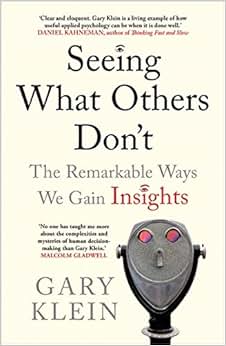How Much Money Do I Need to Begin Forex Trading?
Introduction You’re scrolling through charts after a long day and wonder if you need big money to dip a toe into forex. The short answer: you don’t have to be wealthy to start, you just need a plan. The forex world today sits at the crossroads of traditional trading, web3 innovations, and AI-driven tools. With a sensible fund, smart risk rules, and the right platform, you can learn, test, and grow without risking your whole wallet. This piece breaks down the practical numbers, the mindset, and the evolving tech landscape you’ll navigate as you begin.
Capital Foundation Your starting capital isn’t a magic number; it’s a function of your goals and your ability to absorb losses. Many brokers offer micro accounts that let you open with as little as a few tens of dollars, but that’s more about access than a robust learning ground. A practical plan is to earmark a trading fund you can afford to lose and size trades so you never risk more than 1–2% of that capital on a single trade. With a modest balance, you’ll focus on learning, not on chasing big wins. Start with demo trading to refine your approach, then transfer to live trading only after you can show a consistent, small-profit track record. Live trading isn’t about luck; it’s about disciplined execution, which your balance will reward over time.
Leverage and Risk Leverage is a double-edged sword. It can magnify gains on a winning setup, but it can also wipe out days of work in a blink. In many regulated markets, high leverage is capped, and that restraint protects beginners. Treat leverage as a tool for efficiency, not a dare. Pair it with precise stop losses, clear position sizing, and a written trading plan. Remember that spreads and swaps eat into profits, especially on longer holds. A rough heuristic is to treat every trade as a small business decision: what’s the worst-case scenario, and can I live with it? If not, scale back or skip the trade.
Asset Class Playbook Forex is the core, but the modern trader often treads a broader map: stocks, crypto, indices, options, and commodities. Diversification helps, yet it’s smart to start with a single asset class you understand well and gradually broaden your wheelhouse. For forex, you’ll typically trade major currency pairs with micro or standard lots; for others, allocate separate pools of capital and use dedicated risk rules. The upside is learning how different markets move and how to adapt your risk management across environments.
Web3 and DeFi: Opportunities and Risks Decentralized finance and web3 bring new liquidity and programmable trading possibilities, sometimes via smart contracts or decentralized exchanges. You can encounter collateralized lending, automated market makers, and even AI-aided signals. But smart contracts carry bugs, liquidity risk, and custody considerations. Treat DeFi exposures as experimental, not core, and perform due diligence on audits, liquidity depth, and security practices. Integrating traditional forex tools with DeFi concepts can broaden your toolkit, not your risk, if approached cautiously.
Tools, Security, and Practice Solid charting, risk analytics, and a disciplined routine matter more than flashy indicators. Use a simulated phase to test your strategy across different market regimes, then stick to a routine: plan, execute, review, and adjust. Security isn’t optional—enable two-factor authentication, keep software updated, and avoid weak links like shared devices. Good practices include keeping a trade journal, setting objective criteria for entries and exits, and dedicating time to learn from both wins and losses.
Future Trends: AI, Smart Contracts, and Decentralization AI-driven analysis and automated risk controls are moving from novelty to utility. Smart contracts could automate routine trades, settlements, and compliance checks, while AI augments decision-making with pattern recognition and scenario testing. Decentralized finance will keep evolving, but it also faces regulatory and reliability challenges. The path forward blends the reliability of established markets with the transparency and speed of decentralized tech—still with prudent risk management at the helm.
Slogans to Keep in Mind
- Small capital, smart risk, big learning.
- Start lean, think big—build your forex future step by step.
- Your capital, your plan, your pace.
If you’re asking how much money you need to begin forex trading, the honest answer is “enough to trade with discipline.” Start with a real, manageable sum, master risk, test across assets, and stay curious about the tech shifts shaping the market.



